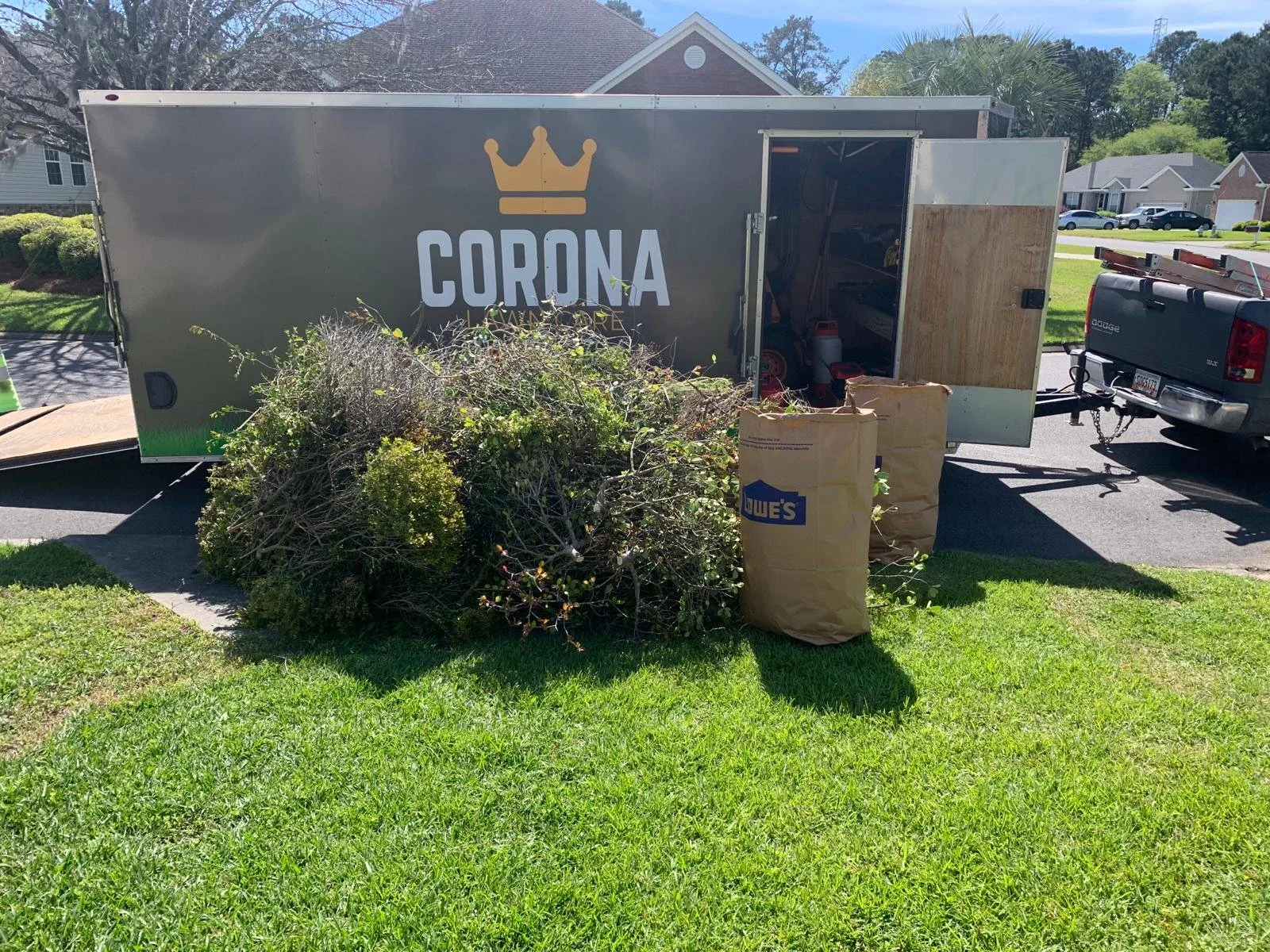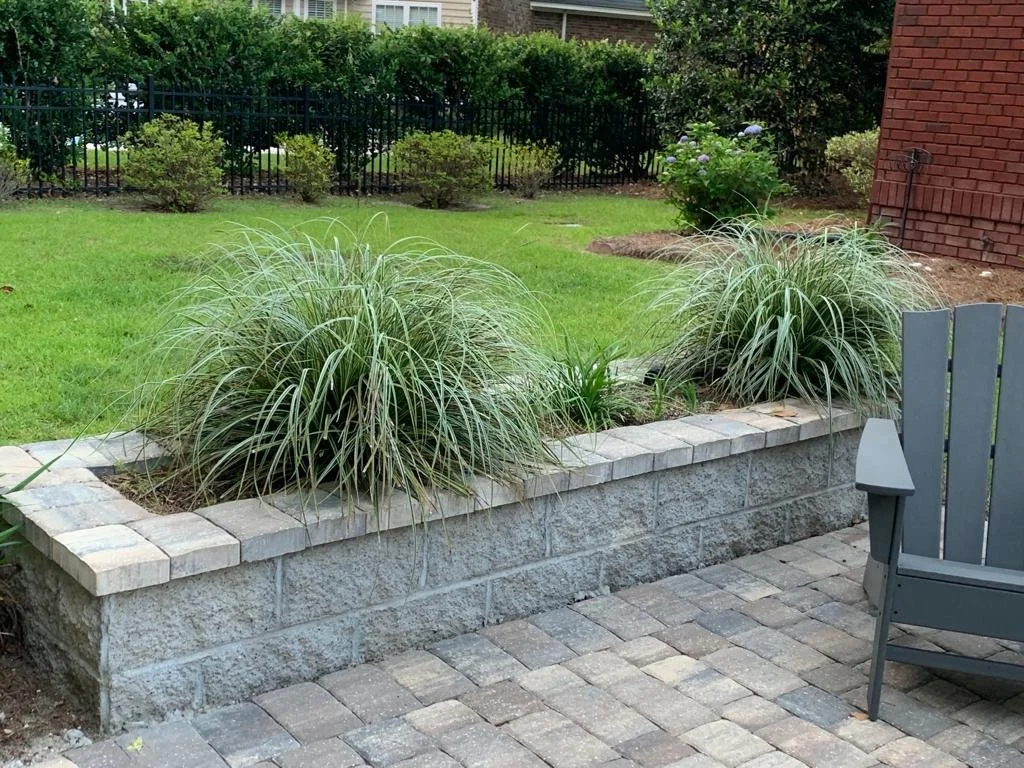
🌿 The Ultimate Seasonal Lawn Care Guide for Homeowners
Keep your lawn thriving year-round with this seasonal care guide — and learn how Corona Lawns and Corona Greens can make it effortless from spring growth to winter planning.

Lawn Care, Landscaping & Lawn Maintenance FAQs
-
It might seem like cutting your lawn shorter would mean mowing less often. But in reality, it can backfire.
Here’s why:
Scalping stresses the grass. Cutting too short removes too much leaf surface, which the grass needs for photosynthesis.
Weeds move in. Short grass lets sunlight hit the soil, encouraging weed seeds to germinate.
It grows back faster. Grass often responds to stress by trying to recover quickly, so you might actually end up mowing more often.
Shallow roots. Regularly cutting too short weakens the root system, making the lawn less drought-tolerant and more prone to disease.
The best approach is to follow the “one-third rule”: never remove more than one-third of the grass height at a time.
-
For centipede grass, overseeding isn’t the best way to thicken it. and in most cases, it’s not recommended at all.
Here’s why:
Centipede doesn’t spread from seed easily. It mainly thickens by above-ground runners (stolons), not by germinating new seed like cool-season grasses do.
Seed germination is slow and unreliable. Centipede seed has a very tough hull, takes weeks to sprout, and needs warm soil and consistent moisture to establish. Conditions that are hard to maintain once the lawn is already grown in.
Overseeding often causes patchy, uneven growth. The new seedlings rarely match the existing turf’s maturity or density.
Seeding can introduce weeds. Many commercial grass seeds carry weed seeds, and even small bare areas can allow weed growth to compete with your existing lawn.
Better ways to thicken centipede:
Don’t scalp it. Cutting too short removes most of the leaf blade, which stresses the grass and slows stolon growth. Keeping enough leaf tissue lets the grass photosynthesize efficiently, recover faster, and spread to fill thin areas.
Feed lightly. Centipede is sensitive to too much nitrogen; use a low-nitrogen fertilizer (like 15-0-15 or 16-4-8) once or twice a year.
Topdress and aerate. Light topdressing with sand or compost and annual aeration can help stolons spread and fill thin areas.
Patch with plugs or sod. For bare spots, use small plugs or strips of centipede sod instead of seed. They’ll root and spread much faster.
